Affiliate links on Android Authority may earn us a commission. Learn more.
Meizu 16th hands-on: Impressive sum of parts
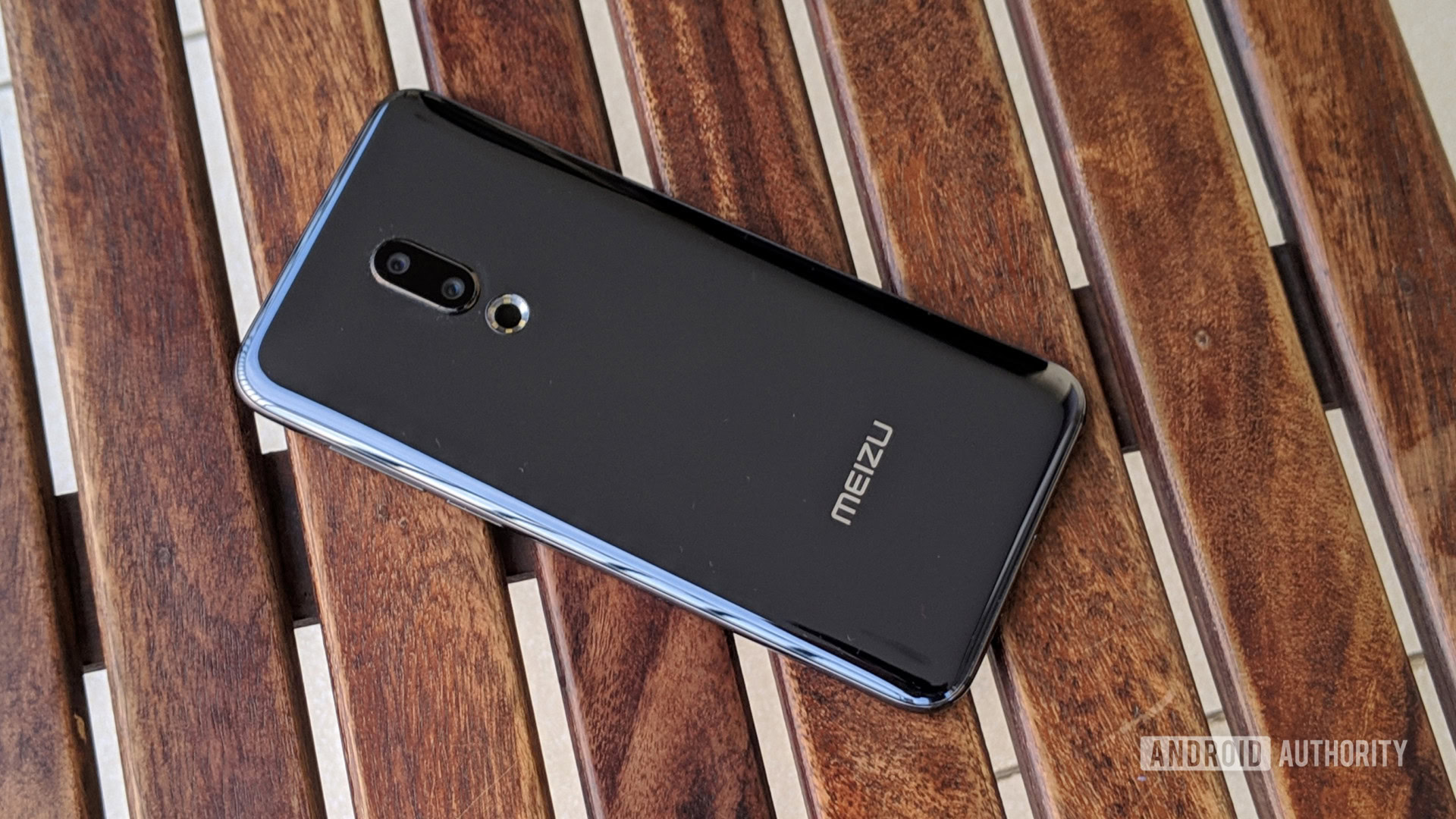
Meizu is making a comeback in the Indian market piggybacking on its flagship smartphone, the Meizu 16th. Founded in 2003 in Zhuhai, China, Meizu has had an interesting portfolio of devices but couldn’t really make it big in its home country, or in markets like India where it debuted in 2015.
With the 16th, the company has made more conventional choices and packed in top-of-the-line specifications in a package which aims to compete with runaway successes like the OnePlus 6T or the POCOphone F1.
Here are my first impressions of the device after spending a few days with it in the run-up to the launch. Read on.
Design
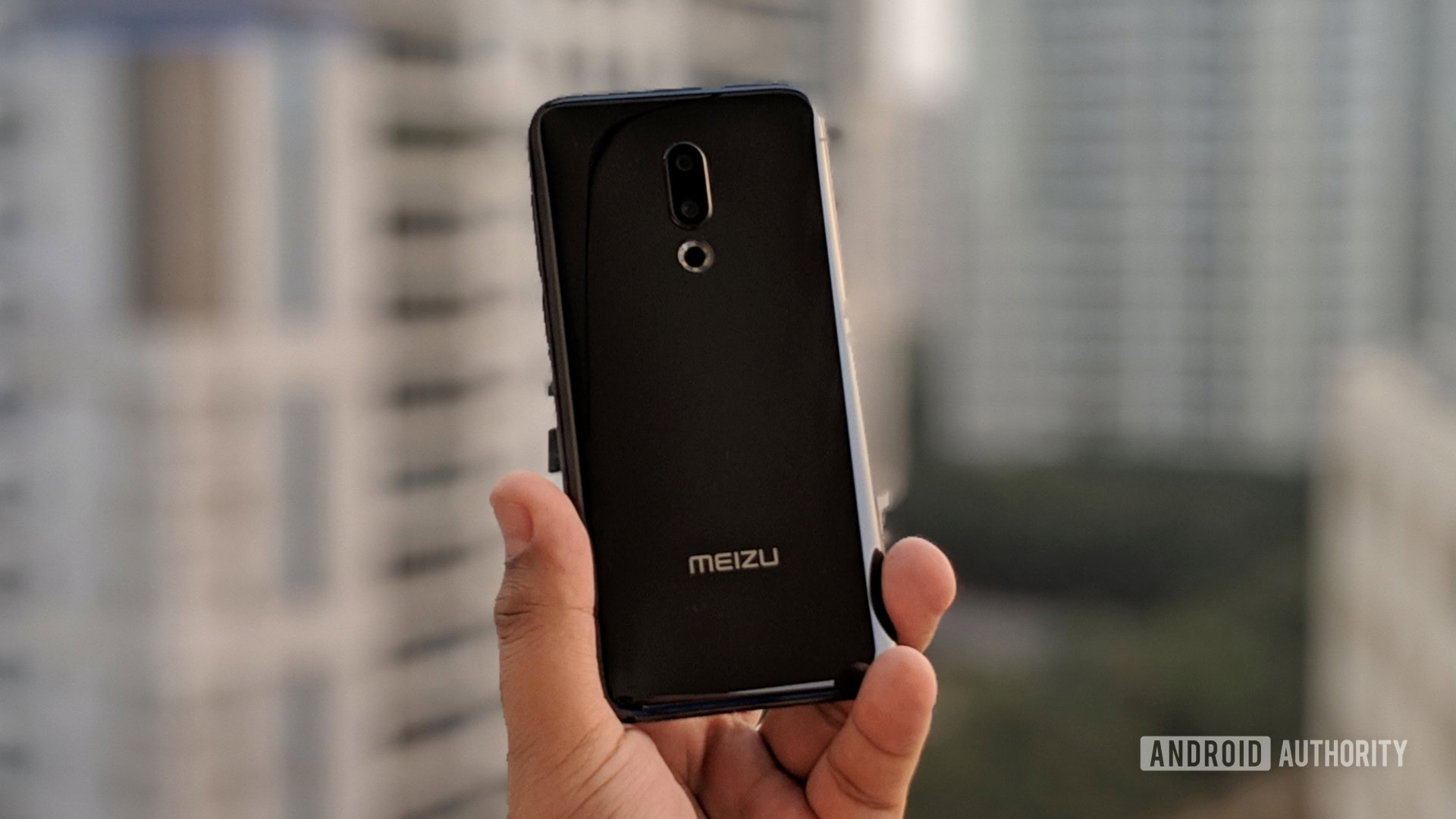
The Meizu 16th does not you catch your attention immediately, yet it sports a pleasing, no-nonsense design. It’s neither bland nor outlandish – and that balance has its appeal.
There’s a unique glass-metal-glass sandwich design that gives the impression of a ceramic layer. It looks good, but of course, the black variant that I have is a fingerprint magnet.
With a 6-inch Full HD+ Super AMOLED display, the front is all screen – and a beautiful one at that – with an 89.57% screen-to-body ratio. There’s no notch, thankfully, and that goes along with the overall symmetrical design of the smartphone.
It’s impressive how Meizu is able to cram all of that in a phone that’s only about 150 grams and 7.3mm thick with minimum bezels. Yes, there’s a headphone jack too. Meizu has craftily avoided the controversial design choices that are par for course these days.
Hardware
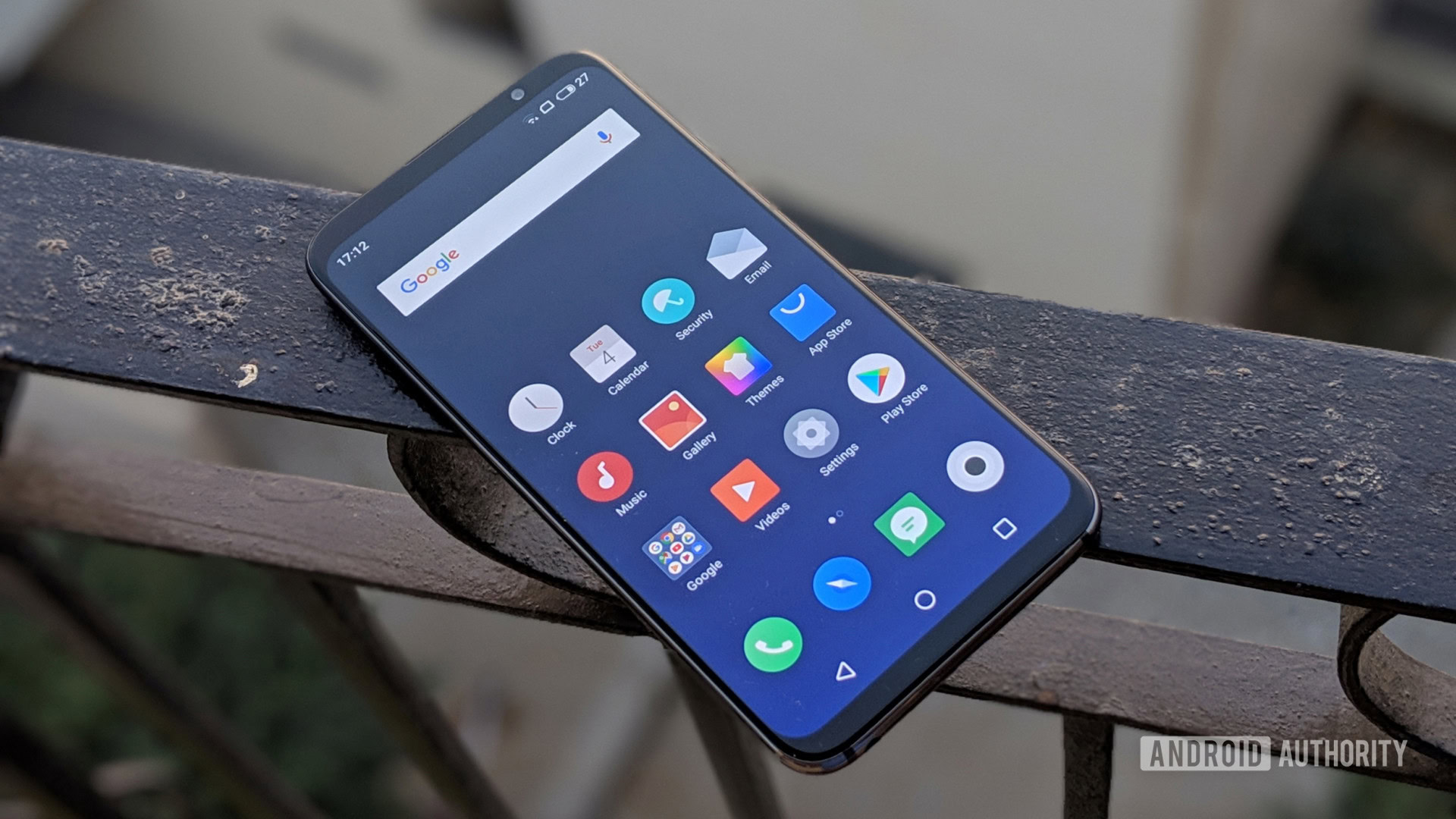
The Meizu 16th is the company’s first smartphone to be powered by Qualcomm’s premium Snapdragon 8xx series. There’s Qualcomm Snapdragon 845 under the hood along with 8GB of RAM and 128GB internal storage. In other markets, there are few other memory variants too.
So, with the latest and greatest Snapdragon chipset and enough RAM, the 16th is expected to be a performance beast and it doesn’t disappoint in my limited use. The lack of microSD card slot though will disappoint people who hoard multimedia content on their device.
The Meizu 16th boasts of a 3,010 mAh battery which is good enough for a smartphone of its dimensions, but nothing exceptional. Despite using a Qualcomm SoC, Meizu opts for its proprietary mCharge charging technology that charges the phone from zero to hundred percent in just 90 minutes.
| Meizu 16th | |
|---|---|
Display | 6.0-inch Full HD+ (2160 x 1080) Super AMOLED 402ppi |
SoC | Qualcomm Snapdragon 845 (4 Kryo Gold + 4 Kryo Silver) |
GPU | Adreno 630 |
RAM | 8GB |
Storage | 128GB |
Cameras | Rear camera: 12MP + 20MP Sony IMX380 + IMX350 f/1.8 + f/2.6 wide aperture blurring OIS 6-LED round flash Front camera: 20MP f/2.0 wide aperture 5P lens AI face recognition unlocking |
Battery | 3010mAh |
IP rating | None |
Sensors | Transverse linear motor, Pressure sensor, Hall magnetic sensor, Gravity sensor, Infrared proximity sensor, Gyroscope, Ambient light sensor, Digital compass, Touch sensor |
Network | 4G FDD-LTE: B1/B2/B3/B4/B5/B7/B8/B20 4G TDD-LTE: B40 3G WCDMA: B1/B2/B4/B5/B8 2G GSM: B2/B3/B5/B8 CDMA: BC0 |
Connectivity | 802.11a/b/g/n/ac wireless network 2x2MIMO, support 5GHz and 2.4GHz Wi-Fi Bluetooth 5.0, support BLE |
SIM | Dual nano sim card dual standby |
Software | Android 8.1 Oreo with Flyme 7.1.1 |
Dimensions and weight | 150. 5mm x 73.2mm x 7.3mm 152g |
Colors | Midnight Black, Moonlight White |
Cameras
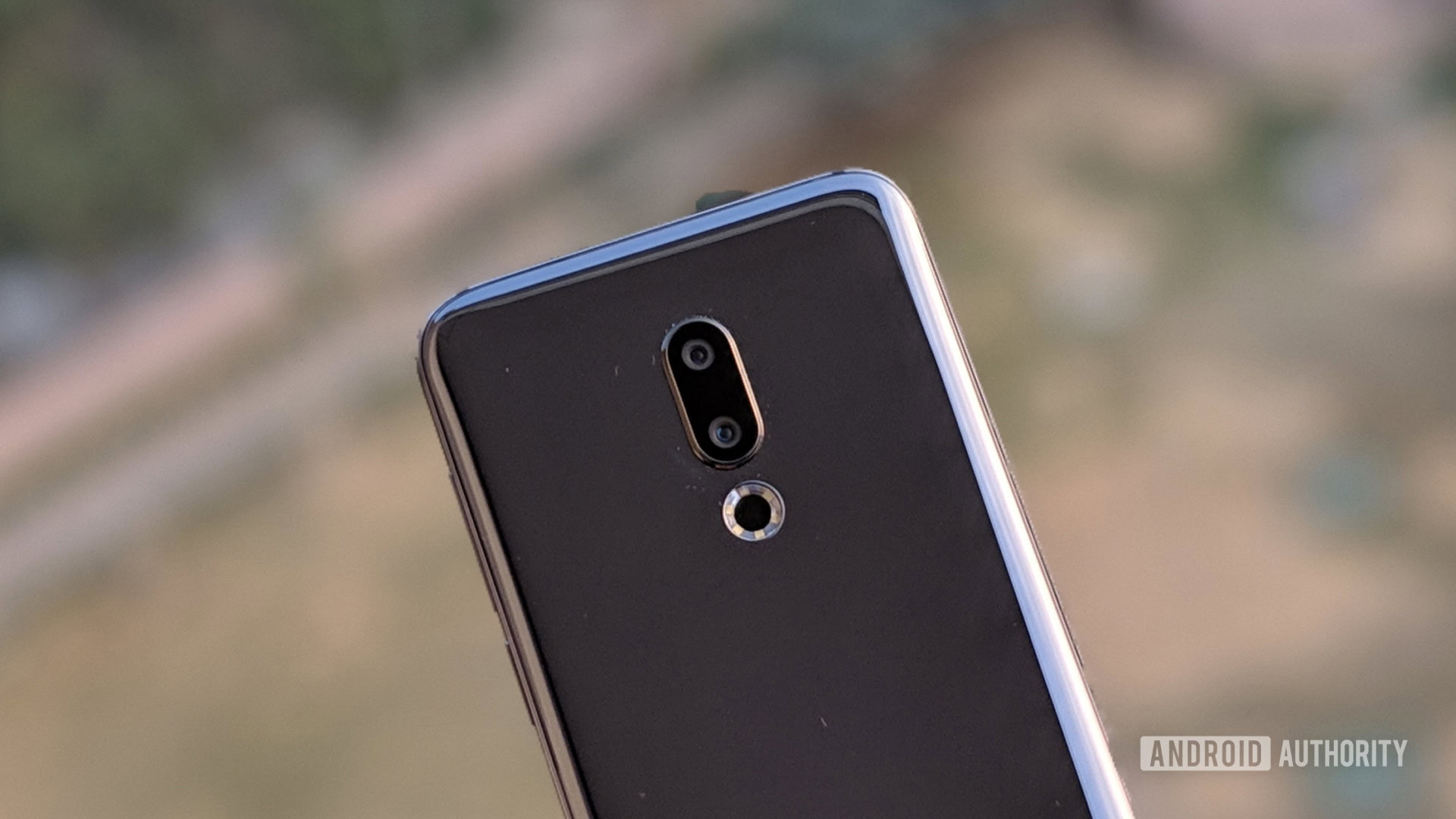
The Meizu 16th has impressive camera setup, at least on paper. There’s a dual camera setup on the back with a 12MP Sony IMX380 sensor with f/1.8 aperture and OIS combined with a 20 MP Sony IMX350 sensor with f/2.6 aperture. At the front, there’s a 20 MP camera with f/2.0 aperture.
A few sample shots I took in outdoors in daylight came out pretty good. Of course, I’ll have to explore the camera further – especially in low light since Meizu claims that it excels in that department.
Software
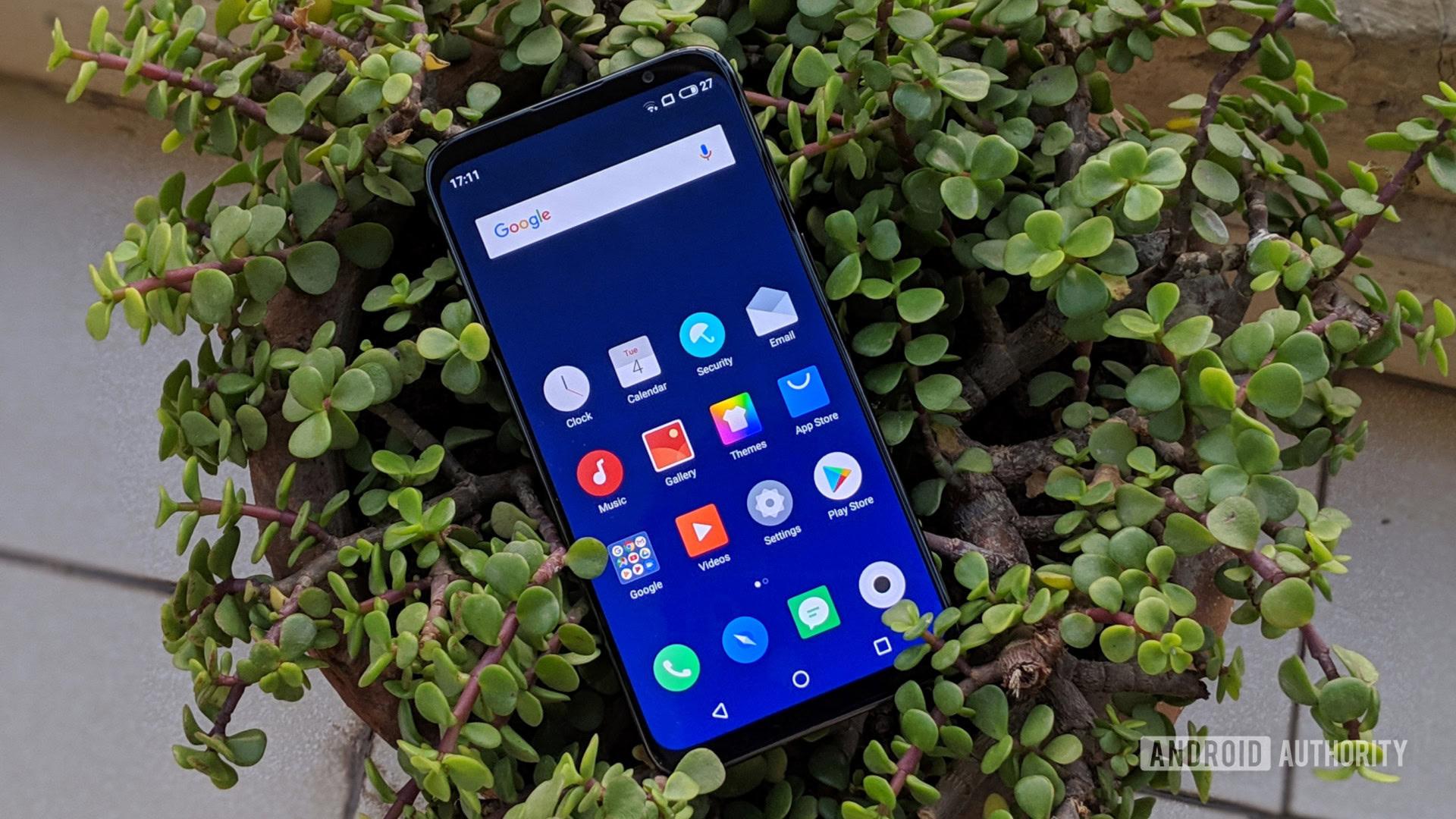
The Meizu 16th runs the latest version of company’s proprietary UI layer – Flyme 7. This version of Flyme OS is based on Android 8.1 Oreo. It’s disappointing to see a phone launching at the brink of 2019 with Android Oreo, and inexcusable to not have a definite timeline for Android 9 Pie upgrade.
While quite a departure from stock Android experience, I’ve usually liked the Flyme OS – but Android skins are a matter of personal preference. It’s smooth and intuitive – even though in the past it suffered from loose Chinese-to-English translation.
Apart from traditional Android navigation, Flyme 7 offers two alternate ways – the gesture-based navigation as well as one with mBack. mBack is a single button navigation – think of it like the stock Android Pie gestures on the Pixel 3, minus the back button. In the past, on the Meizu smartphones that had a fingerprint scanner on the front, mBack was the way one could navigate through Flyme OS by swiping on the scanner.
The Meizu 16th packs in an in-display fingerprint scanner, as well as face recognition unlock feature.
Summary
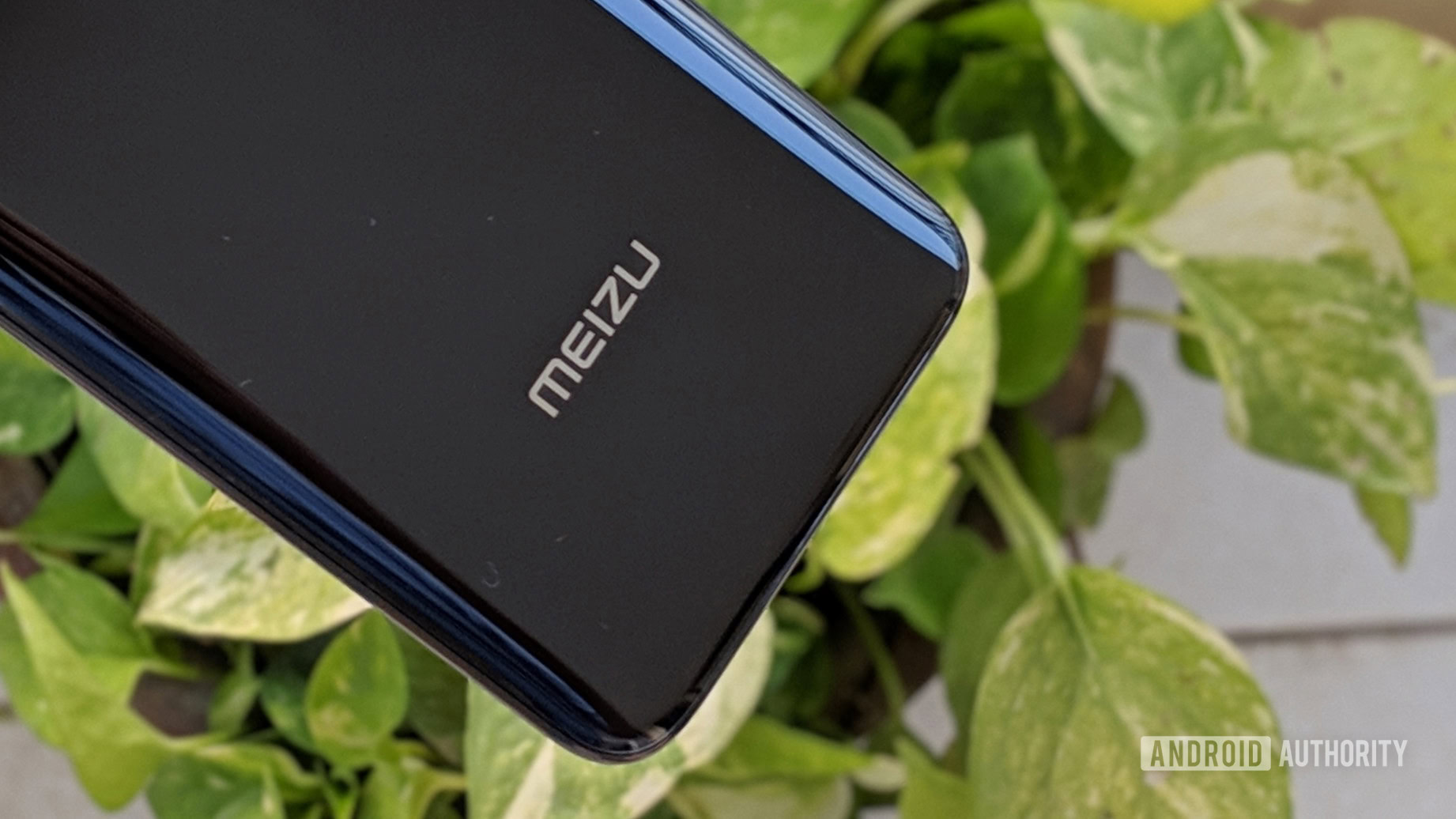
The Meizu 16th is a premium smartphone that offers flagship-grade specifications at an affordable price – a game that everyone from Xiaomi to ASUS to HONOR is playing at the moment. At ₹39,999 ($567) in India, it doesn’t come cheap.
It’s got a beautiful, balanced design and an impressive specifications sheet. But of course, a smartphone is more than the sum of its parts, and we’ll have to take a deep dive to check if it’s able to match up to the competition and offer a great option on the table for someone looking for a mid-range flagship smartphone.